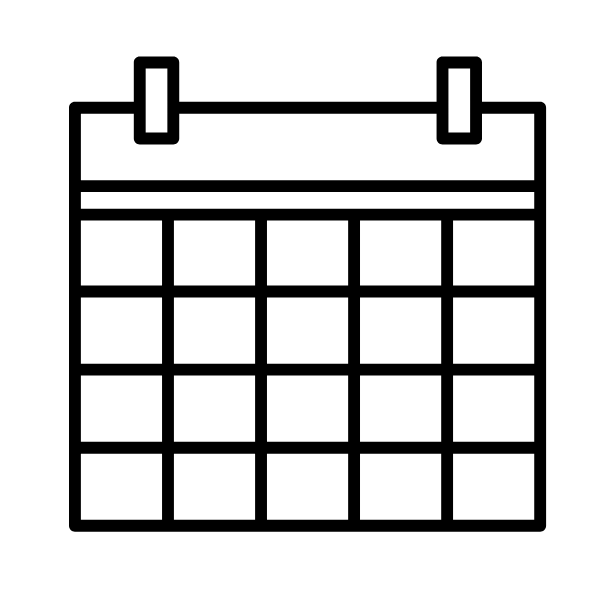
Setting Up Your Room for Success
Jul 13, 2021I am getting ready to move to a new classroom. This will not be my first time setting up a classroom space however, this time I have a lot more information to consider as I set up my room. Over the last 6 years, I have worked hard to understand how trauma can impact the learning of the students who come into my classroom. My learning affected my discourse with students, my instructional practices and, ultimately, how I set up my classroom space.
There are 4 important aspects of creating an environment that includes all students. They are:
 Expected
Expected  Positive
Positive  Consistent
Consistent  Safe
SafeWhether it is your first time, or you have had lots of practice like me, setting up your room for success can be guided by these intentions.
Your Space
As hard as it can be, setting up your room for success does mean you have to open up the cabinets, closets and containers of all the things you have. I, too, am a collector of all the things I might need at some point however, there should be a limit. Less can more!
Get rid of old and outdated materials
If they have a thick coat of dust, you haven’t used it! It is time to let it go. If you do have a collection of things you are not sure about, create an inventory, either in the space itself like a list of what is in that space or on your computer. You can give yourself some time to make the decision but try to stick to a timeline. For instance, hold onto things until you have a chance to look through them thoroughly or give yourself a year of teaching and see if you find a use for them. Then, let it go or pass it on to another educator who might be able to use it. Many beginning educators don’t have the money or resources they need so you can help someone else.
Pay attention to what is accessible to students
Once you are ready to put it all back together, make sure that materials students need are accessible to them. It is also helpful and shows students what is expected if you are able to label where items go. Things that you do not want students using on a day to day basis should be out of sight or out of reach.
Group like things
All of those collections are only helpful if you know what you have and where to find it! Put all instruments in one place. Group together student manipulatives in another. This will create a consistency in your space for your students and for yourself.
Create your teacher desk space
It is important that you have a space that is all your own. Not only does it provide you with an area to be creative and get things done, but it can also provide students with a glimpse of who you are as a person. This is a space you can add personal touches about who you are outside of the classroom to help make positive connections with students. Just keep in mind, this space should be a limited portion of the classroom and should have clear boundaries that are consistent so students can respect your space as you would their personal space.
The Learning Space
Seating
As you begin to set up the learning space, you need to start by thinking through where students will physically be in the classroom. There are two different situations you might want to consider:
-
Assigned seating for attendance and mini lessons
This is a spot that is predictable when students enter the room and provides them a home-base to begin each class. For me, I try to make this spot as comfortable as possible but also have it provide great posture for singing. It also needs to be a place where they can focus on me as the instructor. Students spend a limited amount of time in their spot in my classroom so it serves as a sign that they are focused and learning using all of those listening skills we have been practicing!
-
Independent work time
This is a more flexible seating option that students can use if they are working on their own or in a group and do not need to be focused on the teacher. This might mean you have other flexible seating options for students to use, different areas of the room they could spread out to, or even just allowing students to stand, lay, or work in any way they can do their best.
Provide safe spaces for students
Whether you call it a “Zen Zone”, “Take a Break” or a “Rest Area”, it is important to incorporate a safe space for students to use if they need it. This space should be away from others and could include some simple sensory items like pipe cleaners, pencils/paper and Play Doh if you like. Think about it! Even if students are feeling ready to learn, as music educators we ask students to be creative and leave their comfort zone on a regular basis. I find that building this safe area as a place that is normal to use and a quick break to see what is happening helps students to be more involved in their learning. They know they can take a minute to see how a new game or activity works and join in when they feel safe!
Use all of your space for learning
As you finish setting up your space, make sure you are doing your best to use all of the space you have for learning! Even small corners and cubbies can provide a place for quiet reading or storing center materials. Each of the spaces should be purposeful and improve the function of the space rather than just the fun!
As you set your room up for success to welcome all students in, remember to give yourself and your space some grace. It is hard to set up a space for all of the changes a school year can bring. If 2020 taught us anything, it is sometimes you have to pivot! Don’t be afraid to make changes as the year progresses! It is more important to create a space that works for you and your students than to make it Instagram worthy or stick with something that is not functioning.
This article was submitted by Katherine Miller contributing author for ThatMusicTeacher.com. Interested in becoming a contributing author? Email resume and writing sample to [email protected]

Don't miss a beat!
New moves, motivation, and classes delivered to your inbox.
We hate SPAM. We will never sell your information, for any reason.

